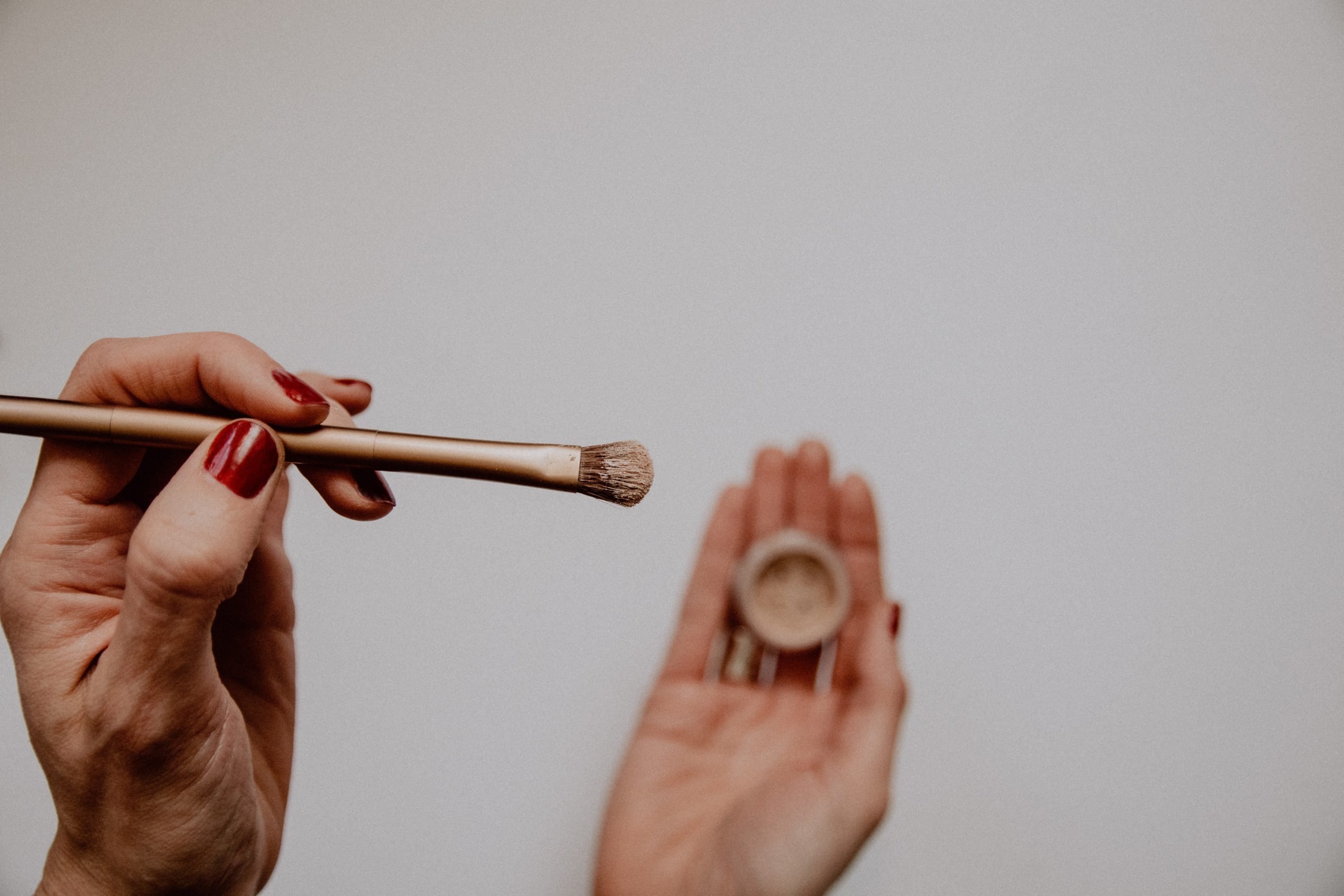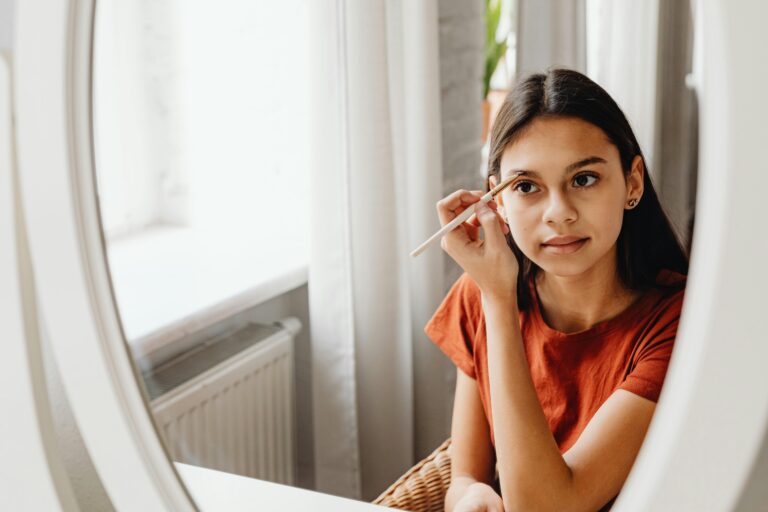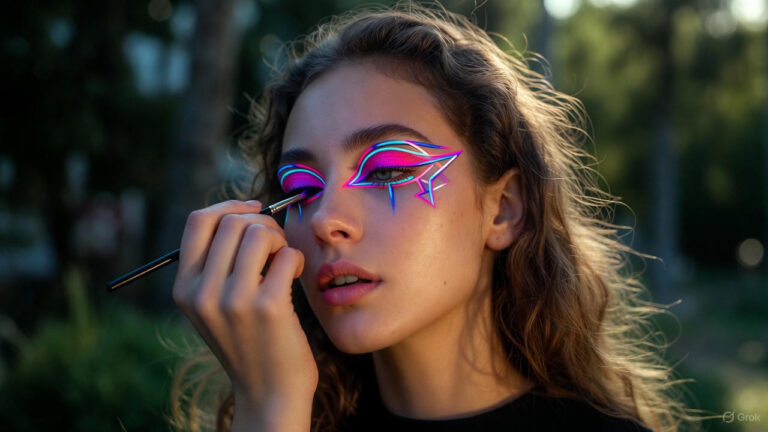You’ve probably heard this before: “Foundation is the key to a good makeup look.” Well, it’s true. The right foundation can even out your skin tone, disguise blemishes, and make you look like you woke up like this.
But with so many foundation shades on the market, how do you find the one that’s right for you?
Don’t worry, we’re here to help. Below, we’ll give you the lowdown on how to find your perfect foundation shade.
We’ll also share some tips on how to test foundation shades and how to choose the right foundation for your skin type.
Understand Your Skin Tone & Undertone
Before you even think about picking up a foundation, you first need to comprehend your skin tone and undertone.
Your skin tone is the color of your skin, plain and simple. Meanwhile, your undertone can be cool, warm, or neutral. Figuring out which one you have is key to finding the right foundation shade for you.
To determine your undertone, you’ll need to assess the color of the veins on your wrist. If they’re blue, purple, or red, you have a cool undertone; if they’re green, yellow, or olive, you have a warm undertone; and if they’re basically the same color as your skin, then you have a neutral undertone.
Testing the Foundation Shade Before Buying
When you’re testing a foundation shade, it’s important to test it in natural light. This will give you the most accurate reading of the color. The lighting in department stores can be very deceiving, so it’s important to test the foundation in the environment where you’re going to wear it.
You should also test the foundation against your jawline. This is where your skin tone is going to be the most consistent, so it’s a good indicator of what the foundation will look like when blended.
Matching the Foundation to Your Skin Tone
It’s important to find a foundation shade that matches your skin tone. If it’s too light, it will make your skin look washed out. If it’s too dark, it will make you look like you’re wearing a mask.
To determine your skin tone, you need to find out what color your veins are. The veins on the inside of your wrist are a good place to start. If they’re green, you have cool undertones. If they’re blue, you have cool undertones. If they’re purple or red, you have warm undertones.
Once you know your skin tone, you can start looking for foundations that match it. There are a few different ways to do this: you can go to a store and have a makeup artist help you find the right shade, or you can try out different foundations until you find the one that matches your skin tone the best.
Adjusting the Foundation Shade With Makeup Colors
Now, let’s look at how you can adjust your foundation shade with makeup colors. This is a great option if you can’t find a perfect match and need something in between two shades.
The key is to understand the undertones of your skin and use different makeup colors to enhance that undertone and make it look more natural. For example, a yellow-based foundation and a darker bronzer will create a warm, natural-looking complexion.
Conversely, pink or peach-based foundations combined with light blush and highlighter hues can bring out cooler undertones. You can even mix two foundation shades together to get closer to your desired color, or simply blend one shade before you apply it.
Experimenting with different makeup colors is a great way to customize your foundation shade and get the best match for your skin tone!
Shades & Tones to Consider When Shopping for Foundation
When you’re shopping for a foundation, the most important thing is to find your perfect match! To do this, you’ll need to consider the shades and tones that are available.
The range of shades and tones available can be overwhelming, but it’s worth taking the time to narrow down your options before settling on a choice.
Look for foundations that are described as “neutral”, “cool” or “warm” to help you decide which one will work best with your skin tone.
For example, if your skin has a yellow-olive tone then you should look for foundations that are labeled as “warm.” However, if your skin has a pinkish tinge then you would be better off looking for those labeled as “cool.”
The other important factor to consider is the level of coverage you’ll need. The sheer foundation is ideal for those who want light coverage, while the full coverage foundation is best suited for those who want more coverage and can provide a flawless finish.
Tips to Prevent Foundation Mistakes
We all want to make sure that we’re applying the perfect foundation shade to our skin. Here are a few tips to help you along the way and avoid making any costly mistakes.
- Get a sample first: Ask your local makeup store for samples if they have them available and test it out first before committing to a full-size product.
- Bring a picture: Bring a recent picture of yourself with you in natural light to compare shades and undertones. This will help you see how it looks in different lighting conditions.
- Swatch on the arm: Swatch several different foundations on your arm, preferably near your face, and check for consistency and texture.
- Try more than one shade: If two foundations look similar, try both—they may look different on your face due to undertones or other factors.
- Ask for help: Don’t be afraid to ask for help from professionals, who can offer more accurate guidance on which shade might be the best fit for you.
Conclusion
When it comes to foundation, it’s all about finding the right shade for your skin tone. That might seem like a daunting task, but it’s actually not as hard as you might think. With the right tips and tricks, you can find the perfect foundation shade for your skin in no time.
So, what are the best ways to find the right foundation shade for your skin? Here are a few tips:
- Start by finding a foundation that matches your skin’s undertone.
- Try a foundation that is one or two shades lighter than your natural skin tone.
- Test out different foundation shades on your jawline to find the best match.
- Don’t be afraid to ask for help in finding the right foundation shade.
With these tips in mind, you should be able to find the perfect foundation shade for your skin in no time.



